Review for Boruto: Naruto Next Generations Set Two
Introduction
With this release, we’re up to episode 26 of Boruto, but as is typically the way, the broadcast and streaming world is well ahead of the discs, by some hundred episodes at that. The last few months, my social media feeds have been full of Boruto memes, GIFs and clips. Viewers watching the latest arc of the show have seen Boruto back in time, interacting with his dad Naruto when he was the same age. There’s a big part of me that wants to dismiss this storyline as pure bunkum, the kind of last resort that creators cling to when they realise that the fans by far prefer the original cast of characters to the Next Generation, and given that Boruto has had to do this so early in its run, doesn’t bode well for the long term prospects of the show. But there actually an even bigger part of me that wants to watch that arc really bad, as I too love those original characters, and there’s a Back to The Future vibe at the thought of young Boruto hanging out with young Naruto.
Naruto Uzumaki only had one ambition when he was growing up, to be Hokage. Years later, his son Boruto has no such ambition to become leader. All he really wants to do is to beat his father, to get noticed. While everyone else reveres the Seventh Hokage as the hero that saved the village, ended the war, and brought peace to the ninja world, Boruto isn’t impressed by a father who is always absent, who never spends time with the family.
The curriculum may have changed, and the Academy opened up to all students, but learning ninjutsu is still at the heart of their education. As Boruto starts at the Academy, he’s joined by fellow students Metal Lee, Shikadai Nara, Sarada Uchiha, Inojin Yamanaka, and Chocho Akimichi, the next generation of would-be ninja. But as Boruto starts his first day at school, there’s something quite odd going on.
The next thirteen episodes of Boruto are presented across two Blu-rays from Manga Entertainment.
In the previous collection, the Hidden Leaf Village was being plagued by ‘Ghost’ incidents, caused by a phantom that only Boruto could see by some strange unexpected visual ability. At the end of that collection, he, his friend Mitsuki, and the class rep Sumire had been pulled into another world by the phantom...
Disc 1
14. The Path That Boruto Can See
15. A New Path
16. Crisis: The Threat of Failing
17. Run, Sarada!
18. A Day in the Life of the Uzumaki Family
19. Sarada Uchiha
20. The Boy With the Sharingan
Disc 2
21. Sasuke and Sarada
22. Connected Feelings
23. Bonds Come In All Shapes
24. Boruto and Sarada
25. The Turbulent Field Trip
26. The Mizukage’s Successor
Picture
Boruto gets a 1.78:1 widescreen 1080p transfer on these discs. The image is clear and sharp, colours are rich and consistent, and the animation comes across smoothly, with no signs of artefacts, compression or banding. That’s to be expected, as Boruto takes a page from Naruto in terms of its character and world designs, and their comparative simplicity. The world is a lot more modern, the Hidden Leaf Village now has skyscrapers and mass transit, it turns out that Ichiraku has a high-end ramen restaurant, but Boruto and his friends prefer to eat burgers, and playing videogames is a common childhood pastime. One disappointment is the simplistic extrapolation that kids look like their parents. Boruto, Shikadai, and Metal Lee might as well be Naruto, Shikamaru and Rock Lee from Season 1 of Naruto, albeit with a few minor tweaks for costume.
Sound
You have the choice between PCM 2.0 Stereo English and Japanese with optional English subtitles and a signs only track. The audio is free of any glitches or dropouts as you would expect from a modern anime release. The actors are suited to their roles, with the Naruto cast returning to voice their characters, and the new cast for the Next Generations work well too. The music is suitably Naruto-esque, although I miss that particular sting for the next episode previews. The subtitles are accurately timed and free of typos, but they are of the thin, white font variety that is easy to lose against busy backgrounds.
Extras
The discs present their content with static menus.
The extras are all on disc 2.
You get the textless credits, 1 opening and 3 closings, a Storyboard slideshow lasting 35 seconds, and Madman (who authored the Region B discs) trailers for Digimon Adventure Tri Part 1, Love Live Sunshine Season 1, and Sailor Moon Crystal Set 1.
Something I haven’t seen in any of the UK Naruto series releases, but is a pleasant surprise here is a Boruto OVA. The Jump Special Anime Festa 2016 animation lasts 11:30, and is a bit of a spoiler for later on in the series, with the Academy students now Genin, and going on a mission involving suspicious characters and crisps.
Conclusion
It may be early days, only the second instalment, but I’m really quite impressed with Boruto. It’s like the best of early Naruto, but it has all of the lore and world-building established by the 800-odd episodes of that series to build on. The show has a contemporary edge, set in a ninja world that is technologically advanced, just like our own. These hidden ninja villages are more like modern cities, and the main characters are recognisable as kids with similar interests as kids in our world. Modern day ninjas that like to play video games; this show is easier to relate to. And this Part 2 release is even better than the first.
The first collection was really about establishing the Boruto character, and he and his friends got into quite an adventure when a phantom started attacking the village, and it turned out that Boruto had a ninja ability unlike anyone else, that allowed him to see the phantom. The cliff-hanger at the end of that first collection is resolved in the opening episode of this one, with an acceptance that dark feelings from the last war still linger, and that despite the fifteen years of peace among the ninja villages, some wounds still need to heal.
Boruto has a somewhat prosaic family life, with his parents and little sister, even if his father is the hero of the last war and leader of the Hidden Leaf Village, and that sense of loneliness and tragedy that Naruto had isn’t applicable here. But the next arc that takes up the majority of the episodes in this collection reveals that another character doesn’t have it so easy. Boruto takes a bit of a back seat, as we learn more about Sarada Uchiha and her story. She’s the daughter of Sasuke and Sakura, and at that age where she’s trying to define her identity.
At the end of Naruto, Sasuke set off on a journey of atonement, making up for his actions, ensuring the peace remained in effect. Now we learn that he’s still travelling, that Sarada can’t even remember seeing her father, that life with Sakura is all she’s known. Just as no-one spoke about the Nine-Tails attack, and what happened to Naruto’s parents, just ostracising him as this odd kid, now, no-one talks about Sasuke and his betrayal of the Leaf, least of all his wife. No one wants to tell Sarada the truth, and worse, much of the history of the Uchiha clan is classified. She starts to believe that Sakura is lying to her, especially when she finds a photo of Sasuke with the Taka group, and notices that she wears the same kind of glasses that Karin does. She wants to know the truth of who she is, and her parentage, and when she overhears that Naruto is going to meet with Sasuke to discuss a significant development, she follows along with her friend Cho-cho (Choji’s daughter), who in a comic relief capacity is doubting her father for completely trivial reasons, looking for a cool candidate to take his place.
This coincides with the advent of Shin Uchiha and his offspring, a ninja with the Sharingan ability that has taken the Uchiha name, and is determined to revive the Akatsuki group believing that it is only through conflict and war that the ninja will evolve to become ever stronger. He’s targeting Sasuke and his family for their abilities, and with Sarada out in the open, she’s now in danger. Shin Uchiha hasn’t counted on the combined abilities of Naruto, Sasuke, and Sakura, even if a few years behind a desk have made Naruto a little soft. This arc is the best that Boruto has given us so far, emotionally effective and an engaging story.
Boruto is also early in filling in the bigger picture, hinting at the challenges that the heroes will face in 700 episodes or so, and here it is a little disappointing, suggesting that the ninja world will face a challenge even greater than one posed by the 4th Ninja War and Kaguya, similar in nature however, and one which will fall to Boruto’s generation to deal with. It’s all a bit samey, even if it is in a show that is really just giving Naruto fans more of the same.
This leads into the final arc, which only begins in this collection. To foster greater co-operation between the ninja villages, Boruto’s class field trip is truly out in the field, visiting the Village Hidden in Mist, which once upon a time was known as the Blood Mist Village, where ninjas qualified by killing their classmates. All of that’s changed now, and what was once an impoverished village is now a bustling port city, with the government happy to see these exchange students from the Leaf. But there are those in the village who still have a lingering antipathy to foreigners, which leads to a kidnapping, a ransom, and a cliff-hanger at the end of this collection.
Boruto is ticking along really well now, developing its characters and immersing us in a ninja world which is still familiar, if a little upgraded. I don’t know if it will be better than Naruto in the end, in fact I doubt that it could be, but if it manages to avoid filler and the like, it could turn out to be a lot more consistent.
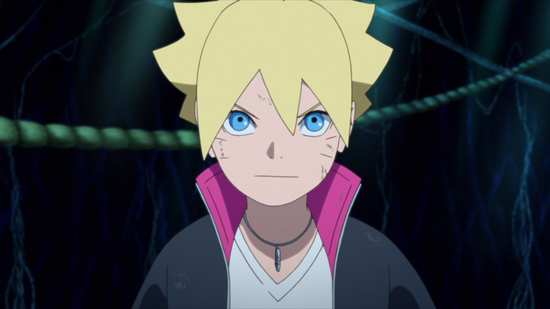
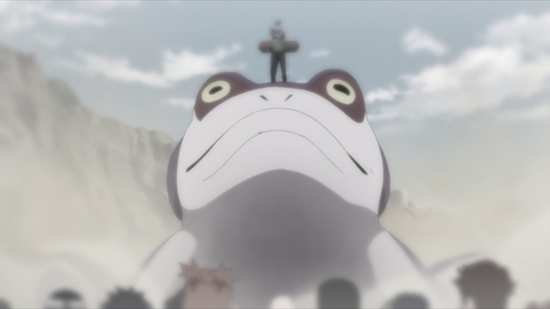

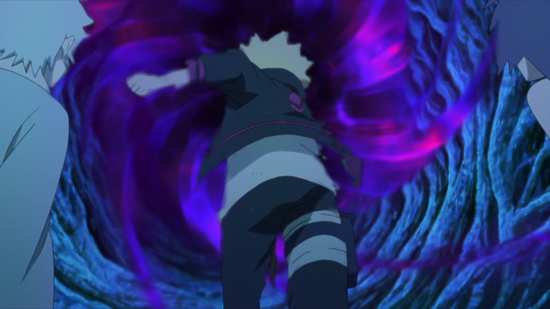

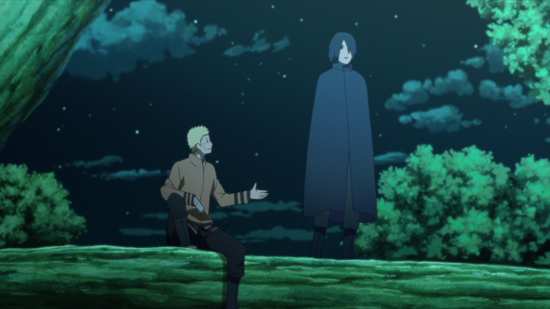
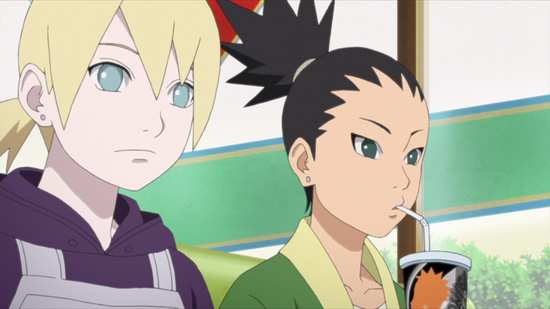
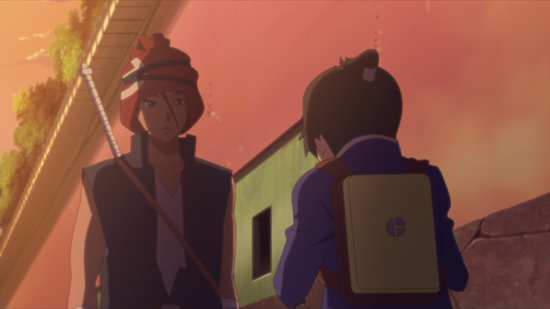
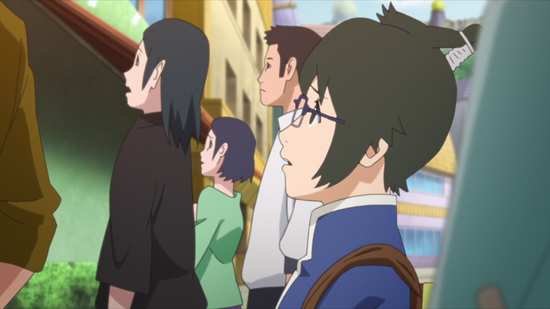
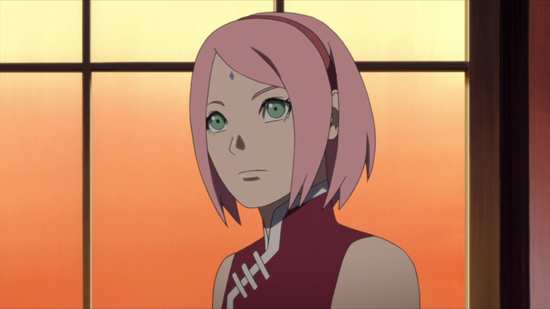
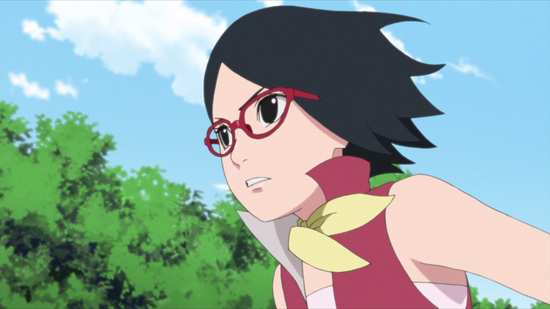
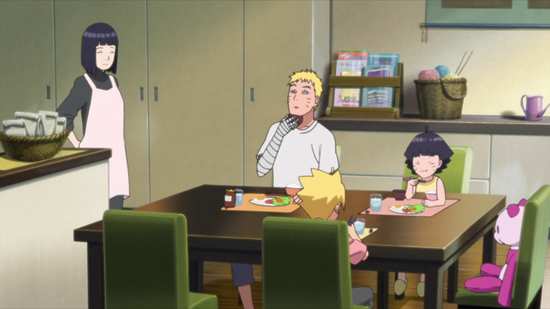
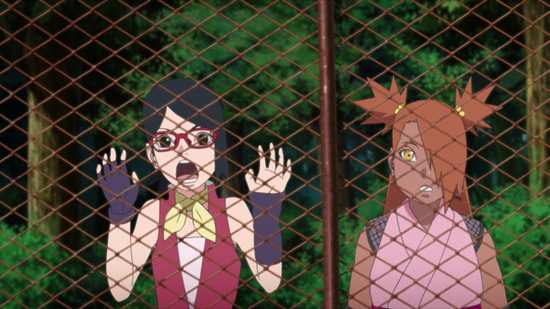
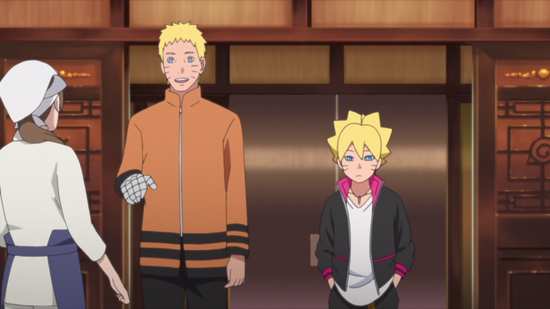
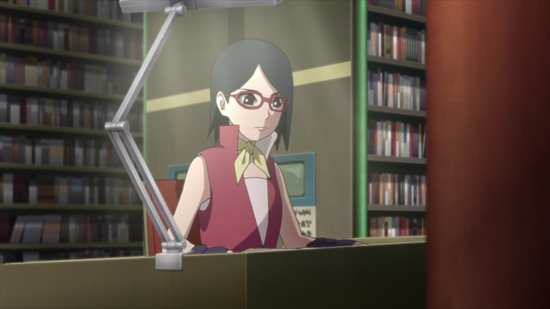
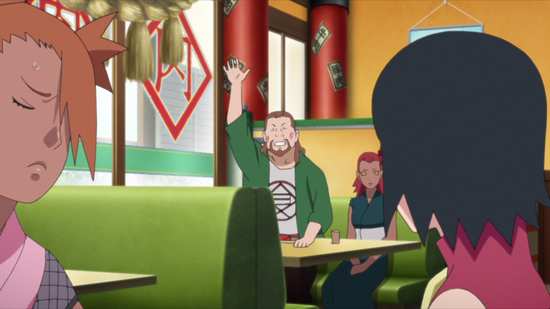
Your Opinions and Comments
Also worth noting is that the Boruto manga is both monthly and not written by Kishimoto, and at present the anime is yet to adapt a single page of manga-original Boruto content save for the opening scene. So on the one hand almost the entire show is arguably filler, but you could also make the argument that due to the monthly nature of the manga, the anime has essentially become the 'main' iteration of the series.